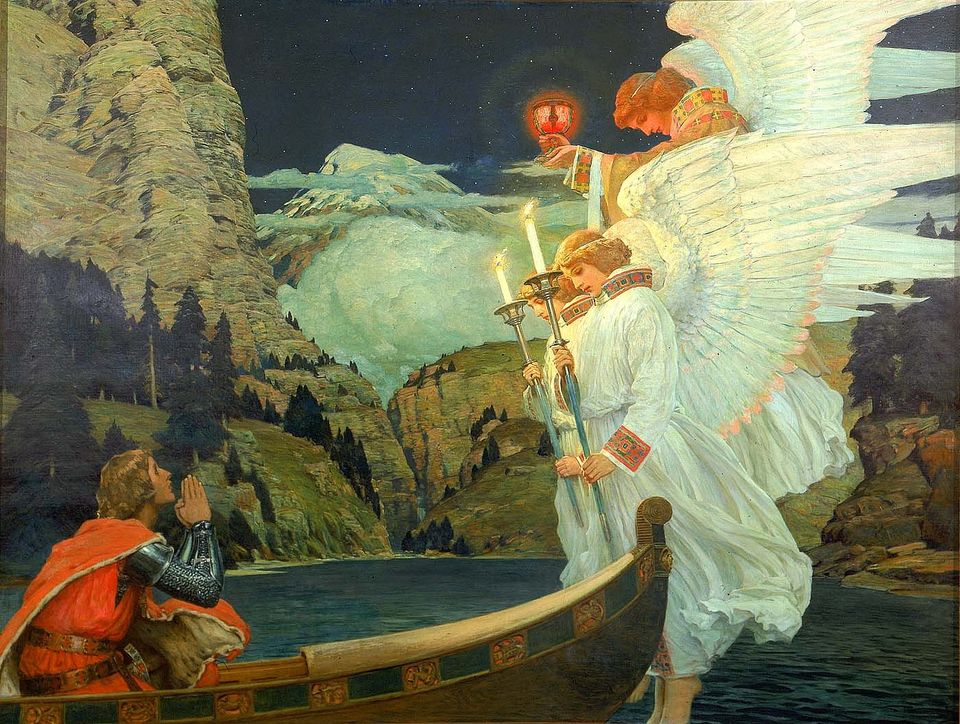Elliott Daingerfield
- Born
- Harper's Ferry, Virginia, United States
- Active in
- Blowing Rock, North Carolina, United States
- Biography
Daingerfield grew up in Fayetteville, North Carolina, where his family moved when he was two years old. In 1880 he went to New York, where he studied briefly with Walter Satterlee and exhibited for the first time at the National Academy of Design. During the next four years, he taught in Satterlee's still-life class and studied intermittently at the Art Students League. After moving to the Holbein Studios in 1884, he became good friends with George Inness.
Daingerfield first went to Blowing Rock, North Carolina, in 1886 to recuperate from a severe attack of diptheria; thereafter, he divided his time largely between New York and Blowing Rock. He taught composition at the Philadelphia School of Design and the Art Students League in New York City in 1896 and toured Europe in the summer of 1897. In 1902 he was commissioned to paint murals for the Chapel of the Church of St. Mary the Virgin, New York City, and in the same year was elected associate academician of the National Academy of Design and received the Academy's Clark Prize for the best figure composition. In 1911 he completed his still-useful book, George Inness, The Man and His Art, and made a painting trip to the Grand Canyon for the Santa Fe Railroad Company Commission.
An artist whose vagaries of style elude classification, Daingerfield's affinity for the Barbizon mood in landscape was the result both of his experiences in the farmlands of North Carolina and the technical advice he received from his friends George Inness and Henry Ward Ranger ( both fellow residents at the Holbein Studios). Daingerfield's early efforts in North Carolina earned for him the inevitable title of "The American Millet," but he soon directed his attention to paintings of religious subjects and returned to landscape only to meet occasional commissions or to seek relaxation through a change of subject matter.
Peter Bermingham American Art in the Barbizon Mood (Washington, D.C.: National Collection of Fine Arts and Smithsonian Institution Press, 1975)














